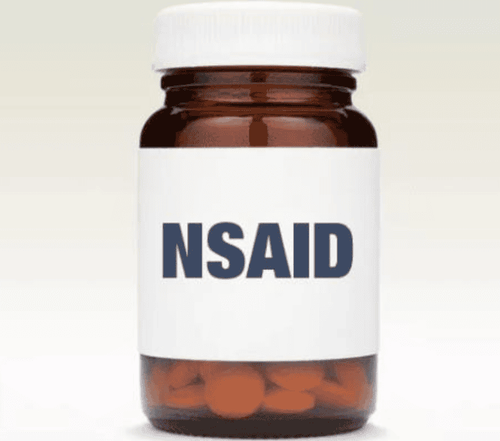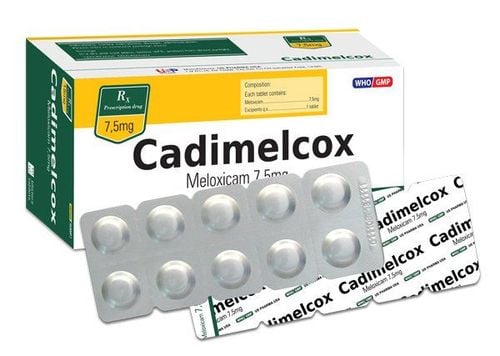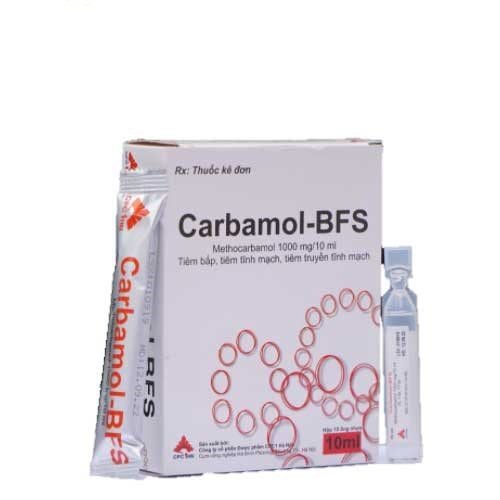This is an automatically translated article.
The article was professionally consulted by an Anesthesiologist - General Surgery Department - Vinmec Nha Trang International General Hospital.Chronic pain can affect psychologically, emotionally, mobility, body flexibility and even the ability to tolerate pain. To reduce chronic pain, patients need to be diagnosed and treated early from specialists.
1. What is chronic pain?
Pain that lasts more than 3-6 months is called chronic pain. Some types of pain may not be curable. But with treatment, the pain can also be reduced. And requires the patient to make the right choice for the treatment process. This choice depends on:Mechanism of pain How long the pain lasts How badly It affects what causes the pain to increase or decrease Where the pain is located, the direction of the pain pain... Chronic pain treatments have changed a lot over the past year, and research experts have proven that many options can be used together to help relieve pain and bring about a feeling of it. comfort for the patient.

Cơn đau mạn tính kéo dài
2. Chronic pain relief treatments
2.1. Radiofrequency ablation (RFA) Radiofrequency ablation (RFA) targets the nerves that send pain signals to the brain. The doctor will use a needle with a hot tip and place it close to the nerve. The heat stops the nerves from transmitting pain signals to the brain.This chronic pain treatment helps relieve many types of pain including arthritis and nerve related diseases. Research shows that this method also helps reduce back pain and hip pain. In addition, it can also relieve chronic pain in places like the knees and neck.
An improved type of this approach called cryotherapy with RFA ablation can provide better chronic pain relief than conventional RFA ablation.
RFA ablation can relieve pain for 8 months to a year. Then, the doctor will use this therapy to treat chronic pain one more time to minimize the pain that may occur.
2.2. Analgesic Injections This method is usually given directly at the site of pain. The doctor will use X-rays to find the most favorable injection site. At the same time, the doctor will also choose the drug that works best for each injection site. Steroids and local anesthetics (pain relievers) are often used together. Local anesthetics paralyze nerves or muscles, and steroids reduce inflammation and pain.
There are many types of injections used to treat chronic pain. Some of them are:
Epidural steroid injections can provide pain relief for disc problems like herniated discs. Trigger point injections work on muscles. Sometimes, these trigger points are so tight that they compress nerves and lead to pain in other parts of the body. Blocking the nerve plexus or nerves along the febrile column conducts pain sensations to other areas of the body, such as the arms or legs. The benefits of this method can last from 4 weeks to 1 year, depending on the type of pain, the source of the pain, and the progression of the disease. Sometimes a series of injections is needed to prolong the results.
For longer-lasting relief of chronic pain, your doctor may recommend the use of a pain pump. The pump is implanted in a position usually near the spine. The pump will deliver the medicine slowly, and the machine's operating procedure is set up automatically by the doctor.

Phương pháp điều trị tiêm giảm đau
Drowsiness Nausea or vomiting Bewildered mood Dizziness Constipation, urinary retention, itching... In addition, this group of drugs also has other side effects such as causing addiction. In case of overdose these drugs can cause serious conditions such as stopping breathing and causing death. This is a risky condition when taken in too high a dose or when used with other drugs or used with alcohol.
This medicine will lose its effectiveness after several months of use. And addiction is common with long-term drug users. One of the safest to use is buprenorphine. It blocks pain like other opioids, but its effects fade at higher doses. So it's less addictive. Sometimes, doctors also use buprenorphine to treat opioid addiction.
Currently, many researchers continue to study new drugs to treat chronic pain with fewer side effects and less addictive potential but better drug efficacy in chronic pain relief. .

Người bệnh nên gặp bác sĩ để có phác đồ điều trị hiệu quả
When using these drugs always be careful as they can still pose risks. And tell your doctor about all your medications before trying a new treatment.
In addition, to help relieve chronic pain, you can choose to combine more drugs such as:
Antidepressants Anti-epileptic drugs for neuralgia, migraines, fibromyalgia Muscle relaxers to reduce muscle spasms and low back pain

Sử dụng thuốc điều trị
Acupuncture is the practice of placing small needles on the skin at certain points of the body. Many studies show it can relieve low back pain and relieve joint pain caused by arthritis.
Massage or massage, spinal adjustments, and yoga can help some people with low back pain relieve their pain. However, these are only short-term methods.
Please dial HOTLINE for more information or register for an appointment HERE. Download MyVinmec app to make appointments faster and to manage your bookings easily.
Reference source: webmd.comMORE:
What is chronic pain? Causes and treatment Why does the incision heal, the patient still has pain? What is special about pain relief after surgery at Vinmec?













